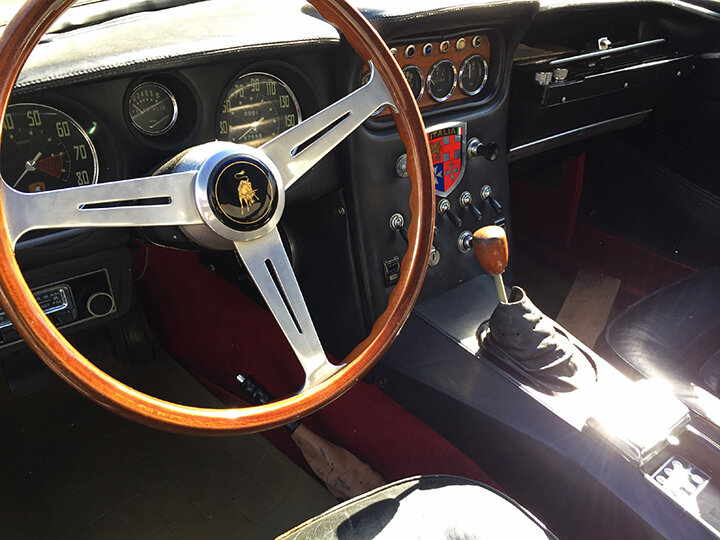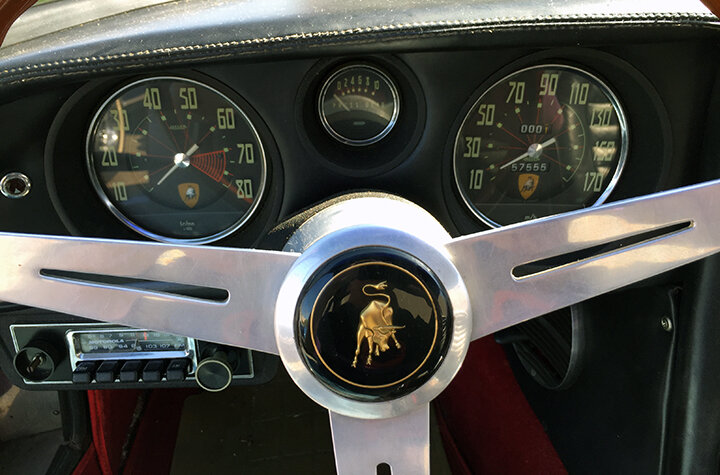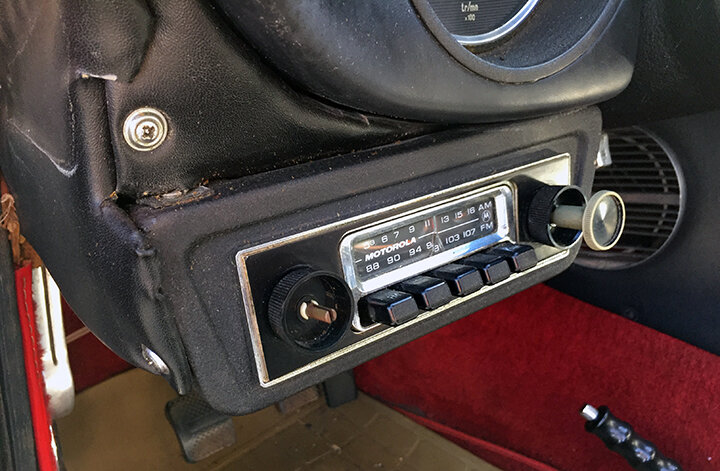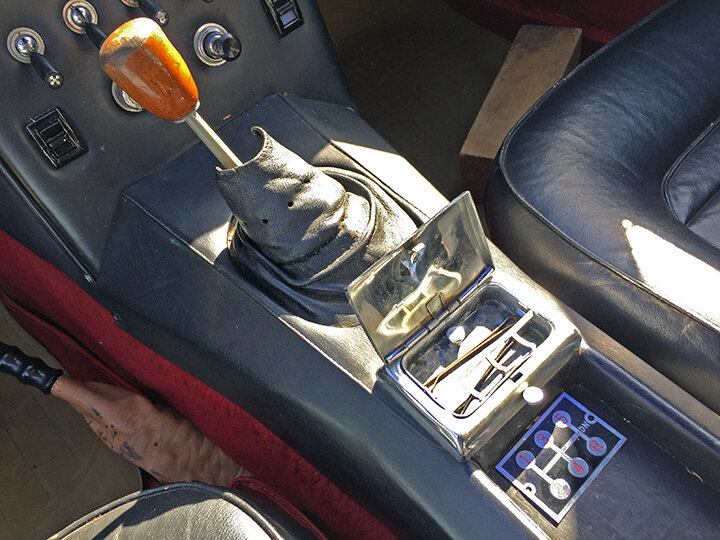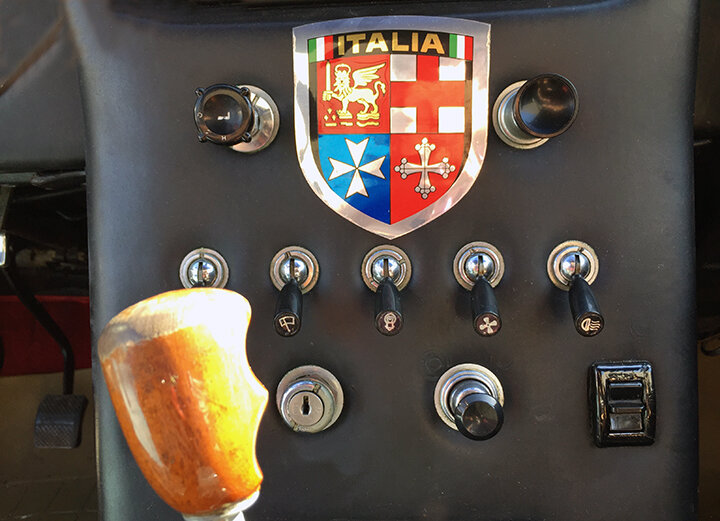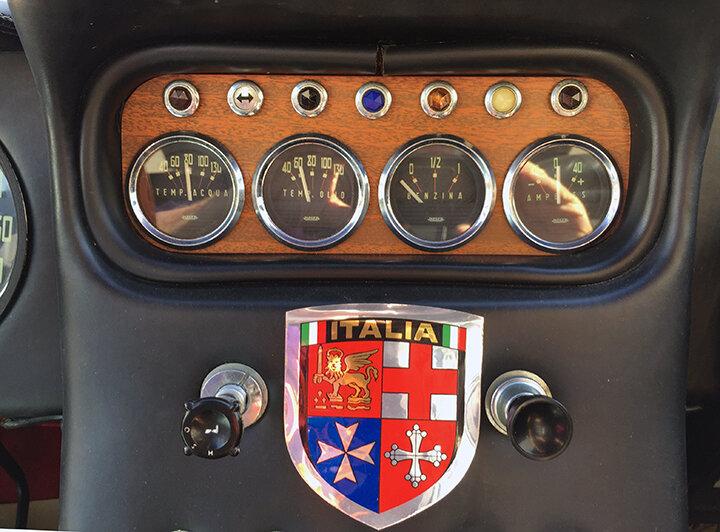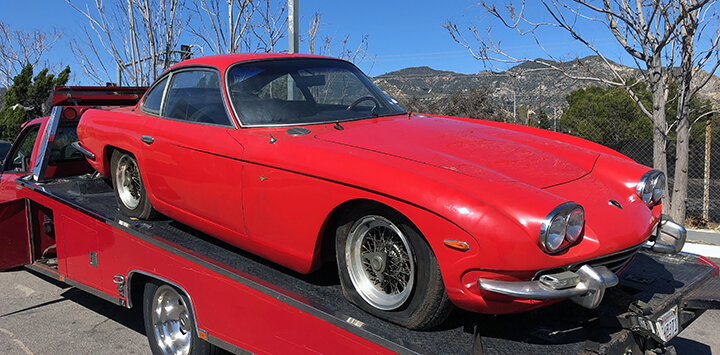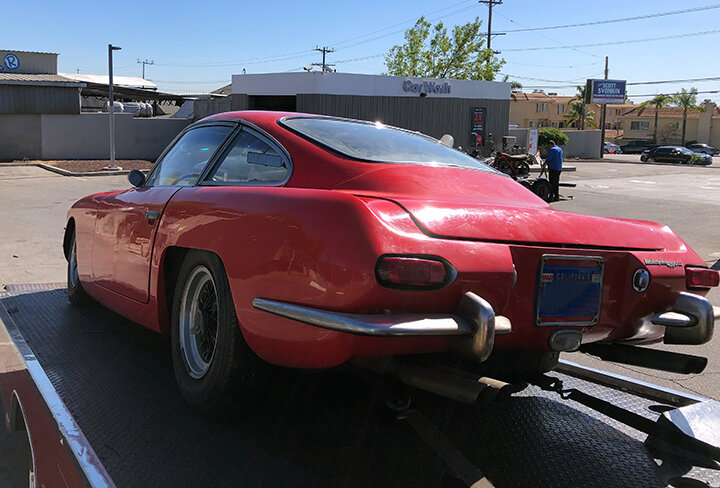Ultimate Barn Find ’67 Lamborghini 400 GT 2+2
December 2020 • By Tony Thacker • Photos Nestor Cabrera, Oz Marlen, Tony Thacker & Lamborghini Presented by MicksPaint.com
“I lifted the dusty ol’ cover and saw what I thought was an Opel taillight. Later, I lifted some more and thought, no, it’s a Volvo P1800. Finally, as I pulled back the cover I saw the Lamborghini badge. Only then did I realize that what we had here was far more valuable than the Porsche 911.”
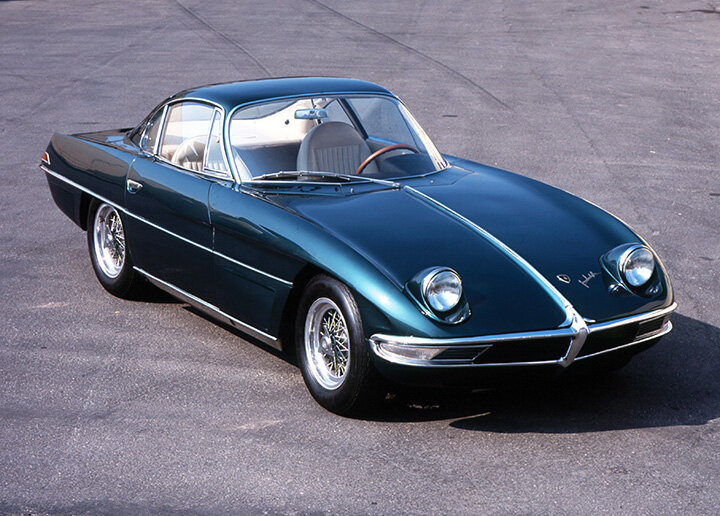
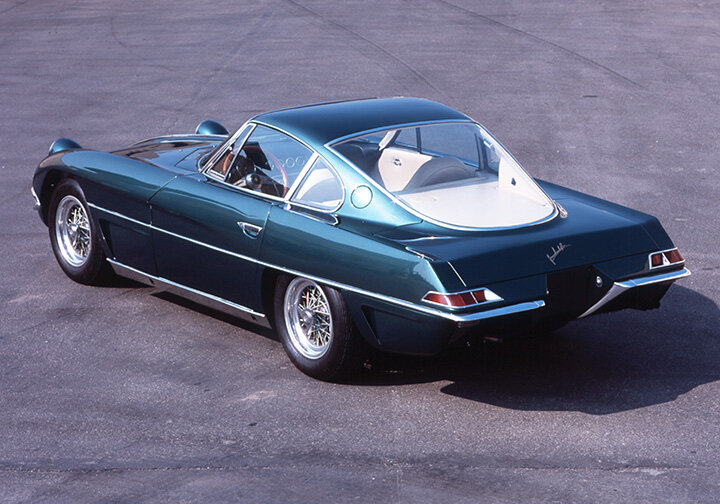
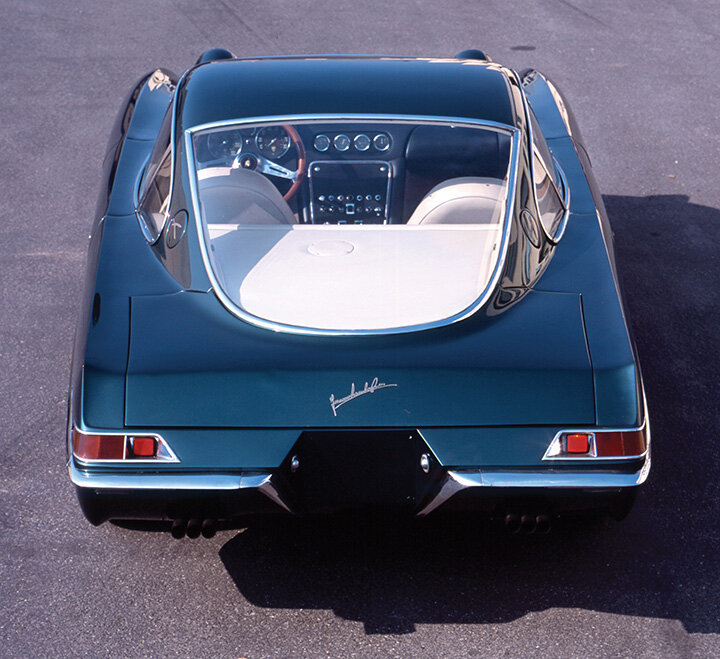
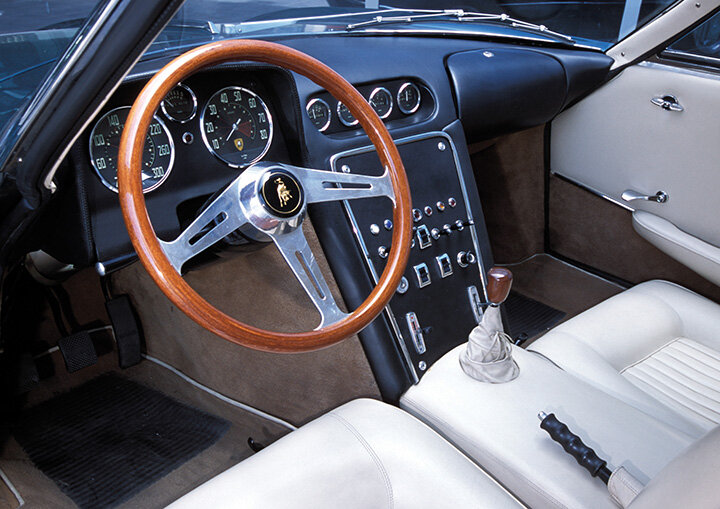
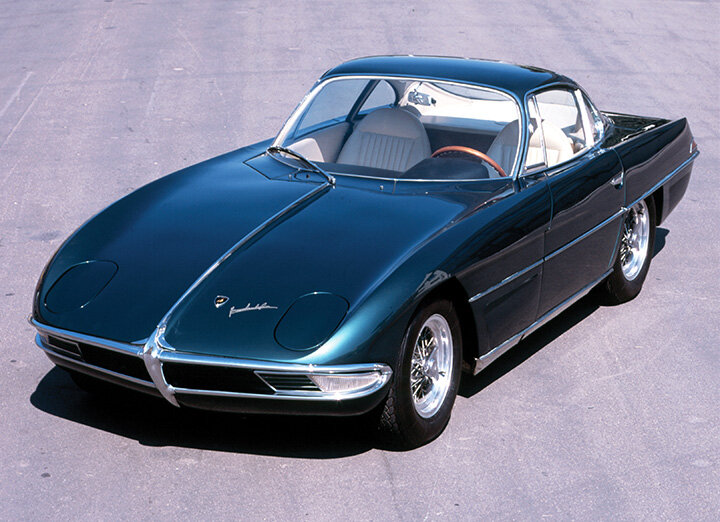
The story of the birth of Automobili Ferruccio Lamborghini S.p.A. in 1963 is the stuff of automotive legends. The story goes that Ferruccio purchased a new Ferrari 250 GT and was not happy with the quality. He asked for a meeting with Enzo Ferrari but was refused. Consequently, he had his engineers strip the Ferrari down and realized that he could build a better, more profitable car as an adjunct to his successful tractor and HVAC business. As he was a Taurus, Ferruccio chose a bull as his logo.
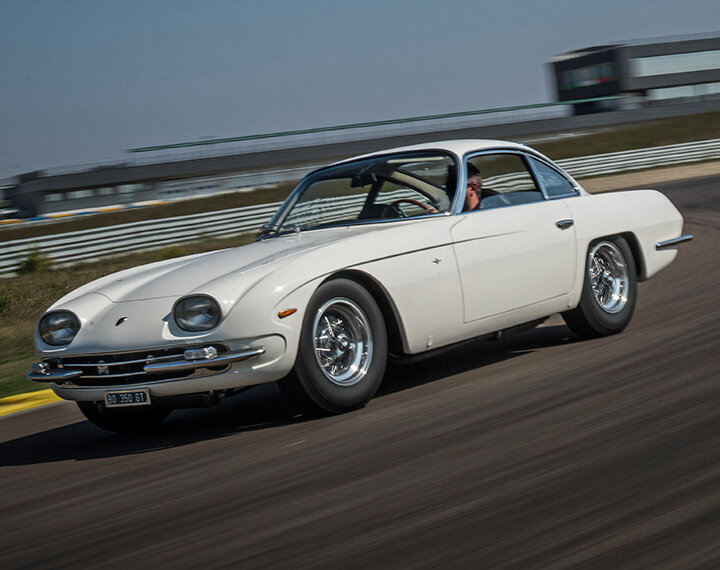
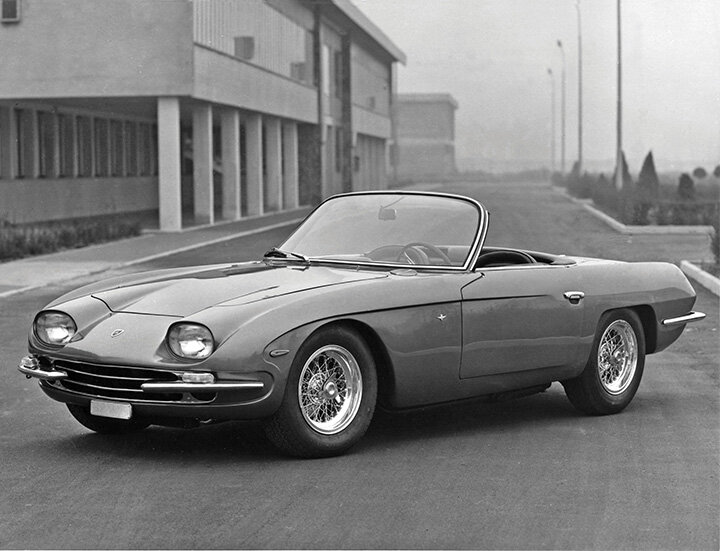
He built a large, modern factory in Sant’Agata Bolognese mid-way between Modena, the home of Ferrari, and Bologna in what was known as ‘Terra di Motori’—engine country. His first car, the hastily built 350 GT, was designed by young engineers, Giampaolo Dallara and Giampaolo Stanzani and he turned to Giotto Bizzarrini, who had designed some recent Ferrari engines, for the beautiful 60-degree V-12. The two-seater 350 GTV with an aluminum body by Carrozzeria Touring Superleggera was introduced in November at the ’63 Turin Auto Show.
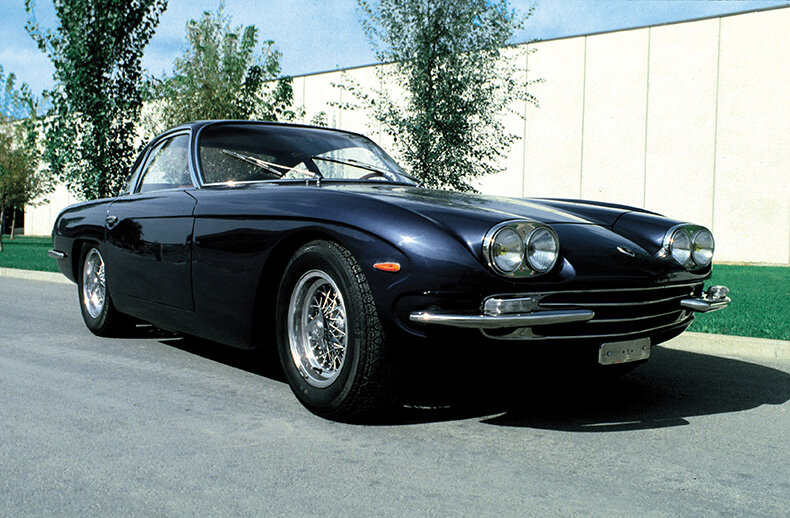
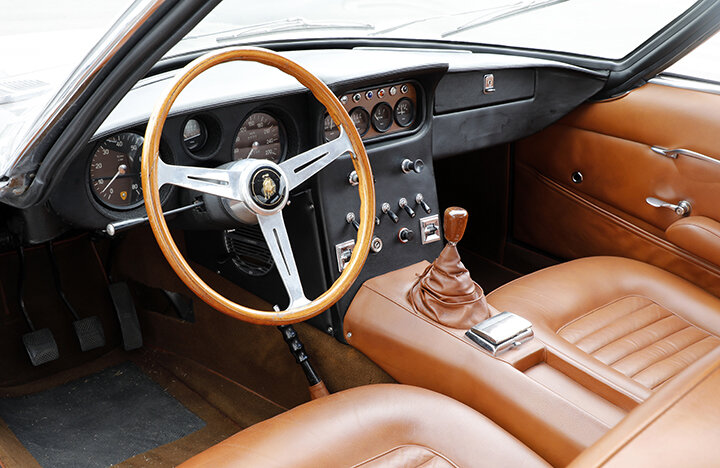
Encouraged by the reaction to the GTV, Lamborghini developed a production version, the 350 GT, introduced in 1964. It was well received and consequently 120 were built. Development continued and the engine size was increased to 4.0L and Lamborghini introduced his own, in-house, five-speed gearbox that replaced the previous ZF. The new 400 GT debuted at the 1966 Geneva Auto Show. It had a new steel body developed by Carrozzeria Touring with aluminum decklid and hood under which resided Bizzarrini’s V-12 with six side-draft Webers producing 320 hp. Weighing 400lbs more because of the steel body, Lamborghini added four-wheel independent suspension. Twenty three vehicles were fitted with the new 4.0L engine before the car was further developed into the 400 GT 2+2 configuration.
After a total of 250 400 GT 2+2s were built, production stopped in 1968.
The new car was another hit and a total of 250 were produced of which this car is one of them—perhaps the ultimate Lamborghini barn find. TorqTalk friend Oz Marlen of MarlenAutomotive, Monrovia, CA, does some car hauling and storage for companies that are clearing properties to be sold. He was recently called to two properties in Southern California that between them had about 40 vehicles to be cleared.
The ’73 911 turned out to be an ‘E’ not an ‘S’ while the pile on the right was largely ignored.
Most of the vehicles were odd little European models Fiats, a couple of microbuses and a Triumph Herald—an eclectic mix. However, the star, as far as they could see, was a 1973 Porsche 911 E 2.4. “It had an ‘S’ badge,” says Oz, “but it wasn’t an S. Somebody had just put that on there. It had been parked in 1981.
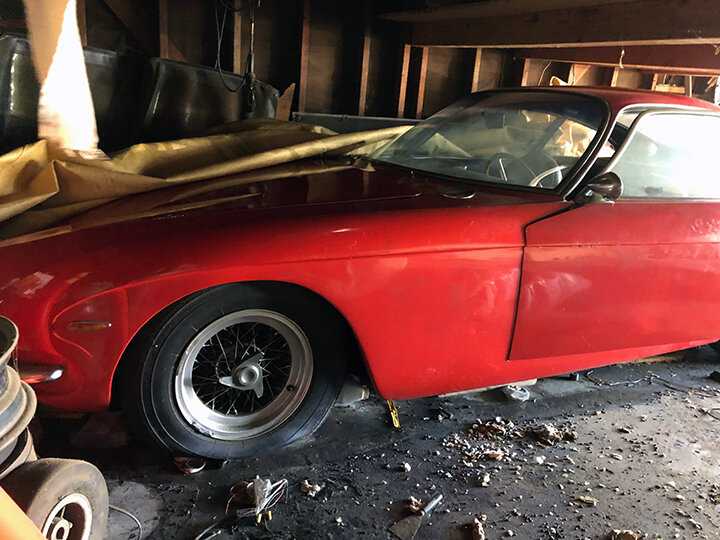
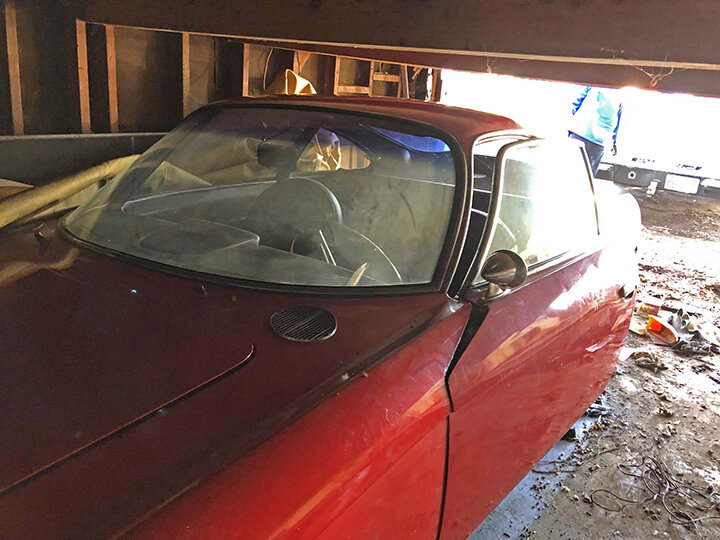
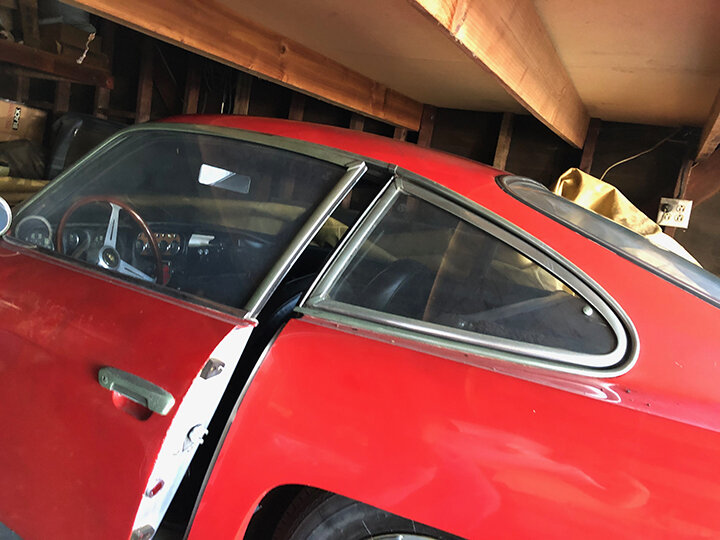
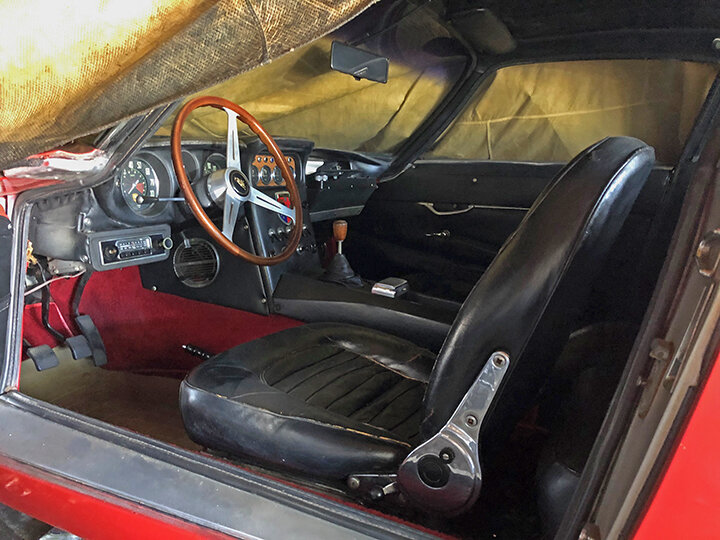
“The Porsche was garaged but somebody had built a low shelf right over the car and it was very hard to reach. At first, we didn’t even notice there was another car beside it. Once we had pulled the Porsche out we could see another car completely covered. I lifted the dusty brown cover and saw what I thought was an Opel taillight so I let the cover fall back. We continued to remove cars from the yard and a week later I picked up the side of the cover and thought it looked like a Volvo P1800. Only later did I lift the cover more, look inside and see the Lamborghini emblem on the steering wheel. Holy cow, I thought, it’s not an Opel and it’s not a Volvo, it’s Lambo. We completely forgot about the Porsche.


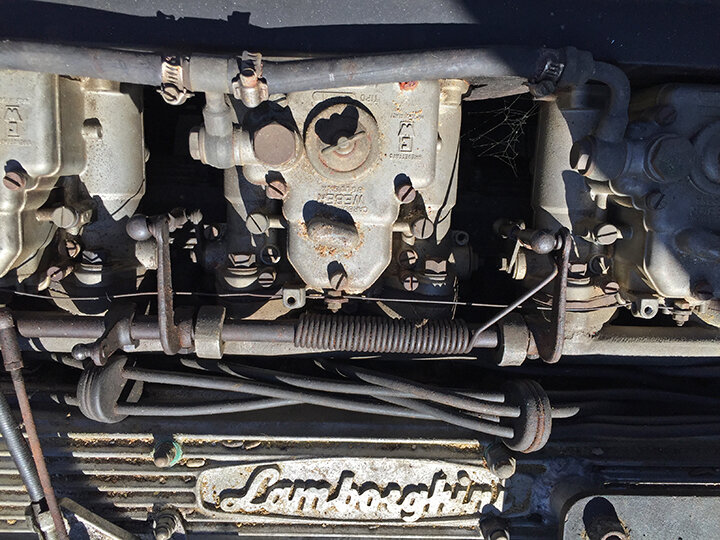
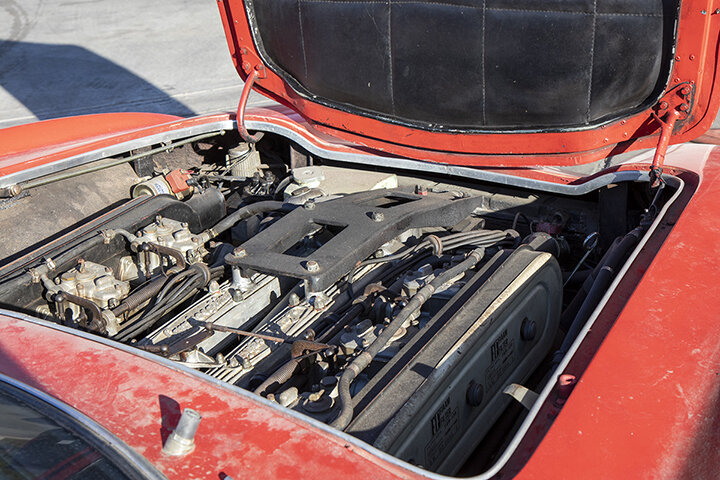
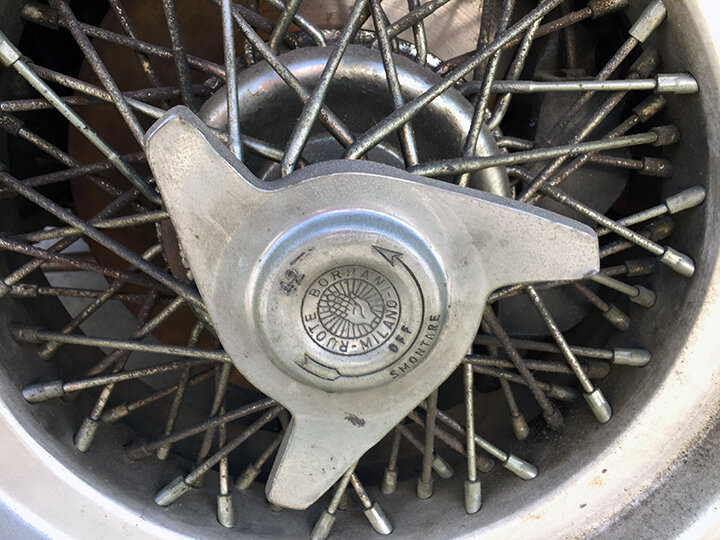
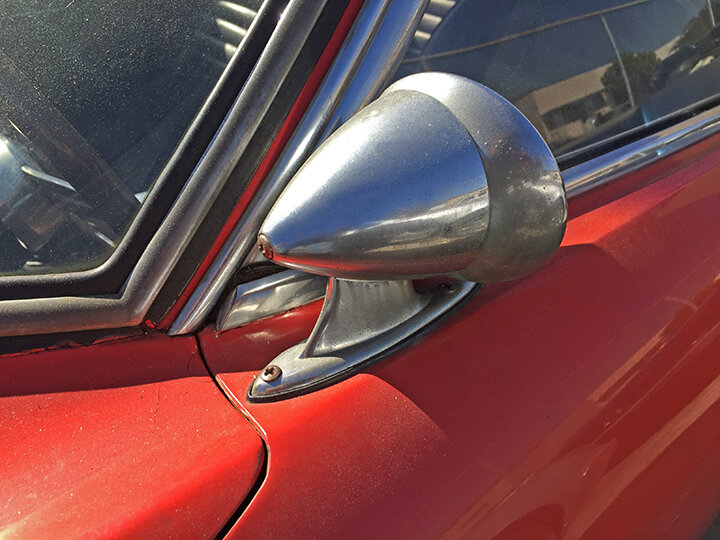
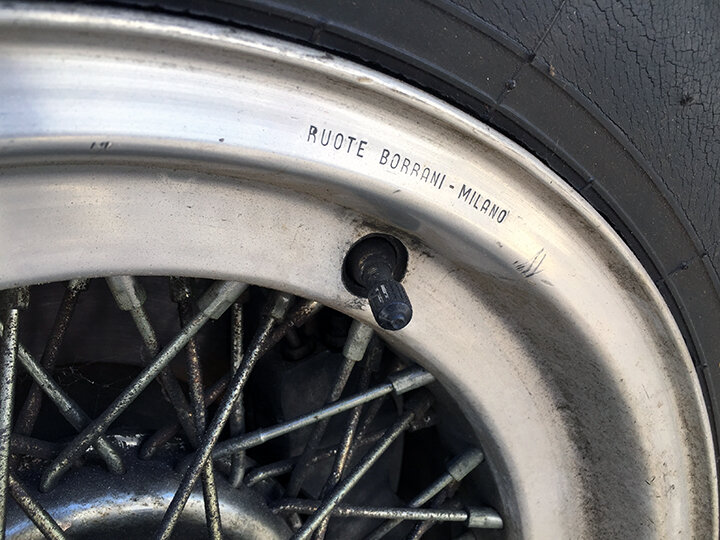
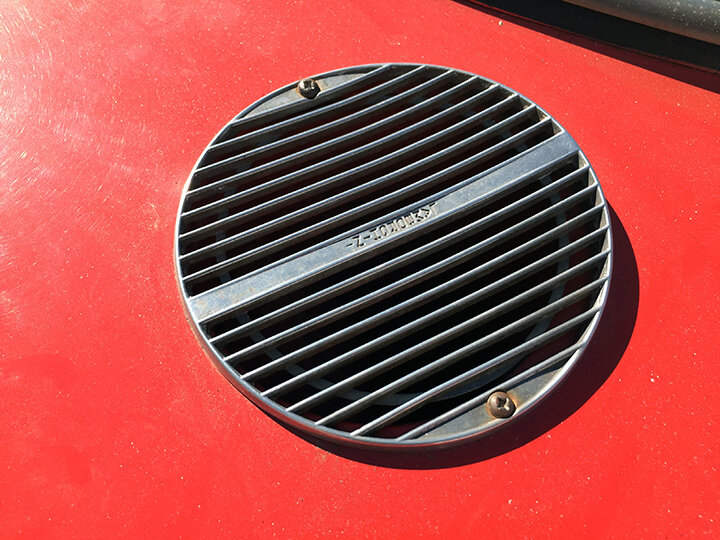
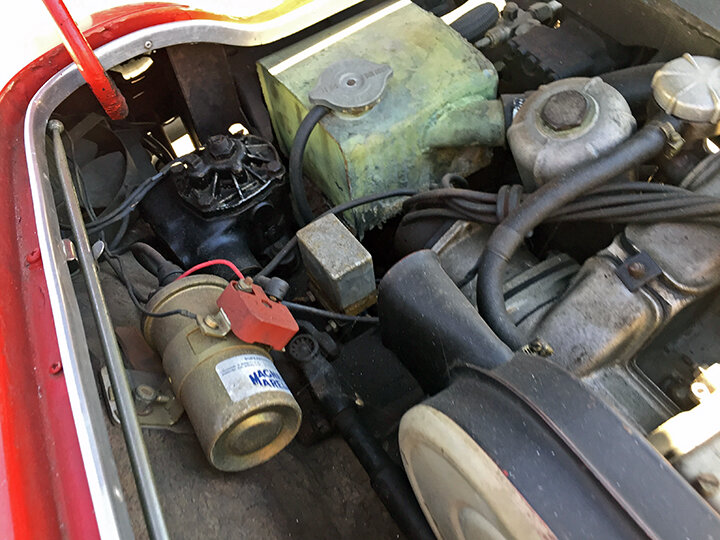
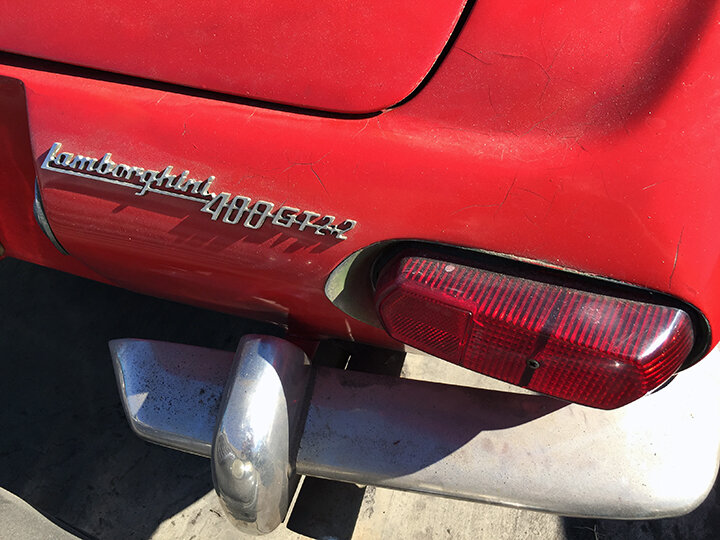
“We dragged the car out of its tight little hidey hole and it was in amazingly good shape considering it had been parked in the late-80s. There was really no visible rust, all the badges and trim were in place and in fairly good condition. The Borrani wires were in good shape and though cracked the replacement Yokohama tires held air. Probably, because it had been kept under cover, even the interior was good and not cracked as are so many of those sixties cars. All of the original Jaeger instruments were there along with an accessory Motorola AM/FM radio. It was a truly amazing find and without doubt my best barn find ever.”

